Introduction
Weepers: a fascinating world
Think of the world with sadness as not just an emotion, but a physical being. Greek mythology is where this realm comes from. It is where the Weepers, the creatures that eternally weep and scream, live. These weeping women were more than just bringers of grief. However, they were a manifestation of the deeper wails of human nature that were a reminder of the temporariness of the life.
Intriguing the reader with the notoriety of the weepers.
The weepers have fascinated people for hundreds of years. They include the mournful Naiads whose tears were for lost love and the broken-hearted Echo whose voice merely echos her sadness. These stories depict love, betrayal, and sadness, human feelings. Weepers are poignant in that many of history and mythology’s saddest characters are represented by them. It may be Niobe mourning her children as she cried, or the sad melodies of the Sirens, which doomed sailors.
The importance of these mythological figures.
The Weepers are important because of the emotional effect that was attached to them and also because they have been influential in Greek mythology. They were sacred site guardians, protectors of rivers and springs, and even the messengers of the deities. These tears constituted a strong foundation for purification and transformation; they represented new life and cleansing from their pain.
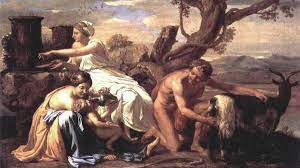
Overview of Weepers – Stories of Famous Weepers
Defining features and physical attributes
The appearance of a Weeper depended on their original role. However, some common characteristics emerged. Generally, they were represented as beautiful maidens with long hair and weeping faces. Unlike other mythological beings, the melancholic expression, with downcast eyes and sad tears, was a very different expression.
Weepers as a symbolic element in Greek mythological stories.
The symbolism of the Weepers is very multilayered. However, not all their tears are tears of sorrow, but tears of renewal and even fertility. The life and death are reflected in the constant movement of water that symbolizes the continuity of life and death. The cries of their cries echo that there is a connection between every living being. In a manner of speaking, the Weepers represent the eternal existence of sorrow and joy in a network of life.
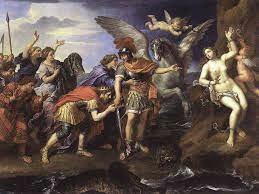
Examples of Stories of Famous Weepers
Niobe
Niobe, the Queen of Thebes, is probably the most renowned Weeper in the Greek mythology. Sadness and pride define her story. She angered Leto’s goddess for boasting about her many children. In response, Leto killed all Niobe’s offspring. Niobe’s grief was so great that she converted to a rock, and ever since she sheds tears which have now become stones signifying uncompromising grief.
The Naiads
They had also a kind of water nymphs called the Naiads that lived in rivers, springs and other sources of fresh water. They symbolized life and fertility, but also protected their domains. The waters had the power of healing and purifying.
Echo
Echo was a nymph doomed by Hera to echo the last words addressed to her. The curse was an act of punishment for assisting Zeus in carrying out his philandering activities. However, when Echo fell in love with a vain Narcissus, she could only repeat, and not express, his words. When Narcissus was dying, his dismayful cries resounded in the hollows, where Echo mourned his disliked love throughout ages.
The Muses
The goddess of the arts and sciences, Muses, were depicted weeping for fallen heroes and tragic events. Artists and poets viewed their eyes as a source of inspiration as they reflected their tears, proving that even from the deepest grief, beauty and creativity stem.
The Sirens
There were also creatures called Sirens, which looked like a woman and had a bird’s tail, and these were renowned for their irresistible songs. The sirens’ enticing songs lured sailors to rocky shores covering treacherous reefs.
Prometheus: The Crying Titan – Stories of Famous Weepers
The Mythological Origination of Prometheus
The story of Prometheus, the tallest Titan, who defied the gods for the sake of humanity. He is a personification of revolt against the system, thirst for understanding and peace on earth. However, beyond his heroic deeds lies a lesser-known aspect: his weeping. He is usually a strong willed individual but still cries, signifying his pain and torture.
Prometheus and his role in Greek mythology.
It goes without saying that Prometheus is one of the prominent figures in Greek mythology. It shows how a primitive society moves to a civilised one. He stole “fire” from the gods and gave it to the men to enable them to prepare food, build their houses and make tools. Further, he taught astronomy, medicine, and art that became the path toward human development.
The tears side of Prometheus
Yet even the hero Prometheus was not immune to pain. The gods were angry with him, hence he was condemned by them to never ending torment. The eagle would perch on him every now and then to tear out his liver, which was regrowing, signifying his never-ending pains whilst he was tied with chains to the rock. In other words, this caused him to cry in emotional pain. Tears as an example of the sacrifices one makes when fighting for change, advancement, and progress.
Niobe: The Weeping Queen – Stories of Famous Weepers
The Tragic Tale of Niobe – Stories of Famous Weepers
The prominence of Niobe in Greek myths
Niobe, the queen for Thebe, dwells a tragical but abiding spot in Greek mythology. The story of her reminds one of human hubris and its consequences for pride. Niobe’s perpetual crying was a metaphor for sorrow and an example not to go beyond boundaries.
She had a comfortable and prosperous life in return, since she was so lucky. She was wedded to King Amphion and reigned over a flourishing town giving birth to fourteen offspring, seven boys and seven girls. It was her arrogance which she fueled by her wealth and a family as Leto was only the mother of two children, Apollo and Artemis.
Reasons behind Niobe’s constant grieving – Stories of Famous Weepers
The twin children of Deos gave out in anger because of Niobe’s boasting. Therefore, as punishment for being too arrogant, Apollo along with Artemis went down on a mission to Thebes where they unleashed their anger. These people avenged themselves in a cruel way by killing all of Niobe’s kids and left her devastated.
Niobe’s grief was unbearable. Zeus converted her into a statue to save her more misery hence her continuous tears represent her deep grief. She tells her story as a grim caution about hubris that might lead to the angry and erratic whims of Zeus.
Beyond the surface, Niobe’s weeping represents a complex tapestry of emotions:
• Unfathomable grief: However, losing every one of those fourteen children at once must have been unbearable sorrow. These unimaginable tears, reflecting such great love, signify the immensity of Niobes’ grief for her children.
• Guilt and remorse: Although Niobes’ pride brought forth the calamity, her shed tears indicate a feeling of guilt or regret on the part of her. Probably, she was made aware of the stupidity she displayed in boasting at them, which she later regretted.
• Enduring sorrow: However, the tears of Niobe were more than momentary losses. This turned into permanent state revealing how long is it to grieve and how deep are traumas. The tears remind us of those scars which do not disappear forever and are the part of heart.
It goes beyond being a mere warning of a story of a mother known as Niobe. This movie’s examination of humanity’s experience with grief, guilt and regret is poignant. She overcomes the queen story through endless tears in becoming a universal human suffering symbol. Her tale is a reflection that love and sadness are universal regardless of how harsh the situation may be.
Conclusion – Stories of Famous Weepers
The Weepers help us delve into the deepness of emotions in the most interesting way we could ever imagine it! These are a representation of the double face of our nature that allows us to experience unmeasurable pleasure but also deep mourning. Our pain is mirrored in their sorrows. It reminds us that in darkness also there are beautiful things called fellow humans.
These weepers’ stories still touch people in present times. They give important lessons on humanity and also warn people of haughtiness and arrogance. Additionally, they provide a spark of hope, making people aware that even overwhelming sorrow can be overcome, someday in the near future.
FAQs – Stories of Famous Weepers
What are the commonplace characteristics of Weepers in Greek mythology?
Weepers are usually depicted as lovely girls with tear-stained faces and sorrowful expressions. They are often associated with water, serving as guardians of rivers, springs, and different freshwater bodies. Their tears are taken into consideration to possess the strength of recuperation, purification, and renewal.
What are the one of a kind motives why Weepers weep?
The motives for Weepers’ tears range relying on their specific story and role. However, a few commonplace motives include:
• Grief and loss: Many Weepers, which includes Niobe and Echo, are recognized for weeping for lost loved ones. Their tears constitute the depths of human sorrow and the iconic impact of grief.
• Punishment and suffering: Weepers like Prometheus also weep due to the bodily and emotional torment they undergo. Their tears represent the fee paid for defying authority or challenging the set up order.
• Empathy and compassion: Some Weepers, together with the Naiads, are depicted as weeping for the suffering of others. Their tears represent their deep connection to the herbal global and their potential for compassion.
What is the importance of Weepers in Greek mythology?
Weepers serve several vital capabilities in Greek mythology. They:
Represent the cycle of life and dying: The regular go with the flow in their tears reflects the cyclical nature of lifestyles, highlighting the interconnectedness of joy and sorrow.
Act as warnings and reminders: Weepers like Niobe function cautionary testimonies towards pleasure and hubris, reminding people of the significance of humility and respect.
Offer a supply of notion and creativity: The Muses, who have been often depicted weeping for fallen heroes, inspire artists and poets to create works of beauty and importance.
Connect the human and divine realms: Weepers act as bridges between the two nation-states, highlighting the shared reviews of feelings like grief and sorrow.
Are there any present day interpretations of Weepers?
The Weepers of Greek mythology stay interpreted and reimagined in modern artwork, literature, and film. These contemporary interpretations frequently discover subject matters inclusive of environmental degradation, political corruption, and social injustices. By drawing parallels among the Weepers’ struggling and modern troubles, those interpretations invite reflection on the human condition and the challenges we face today.



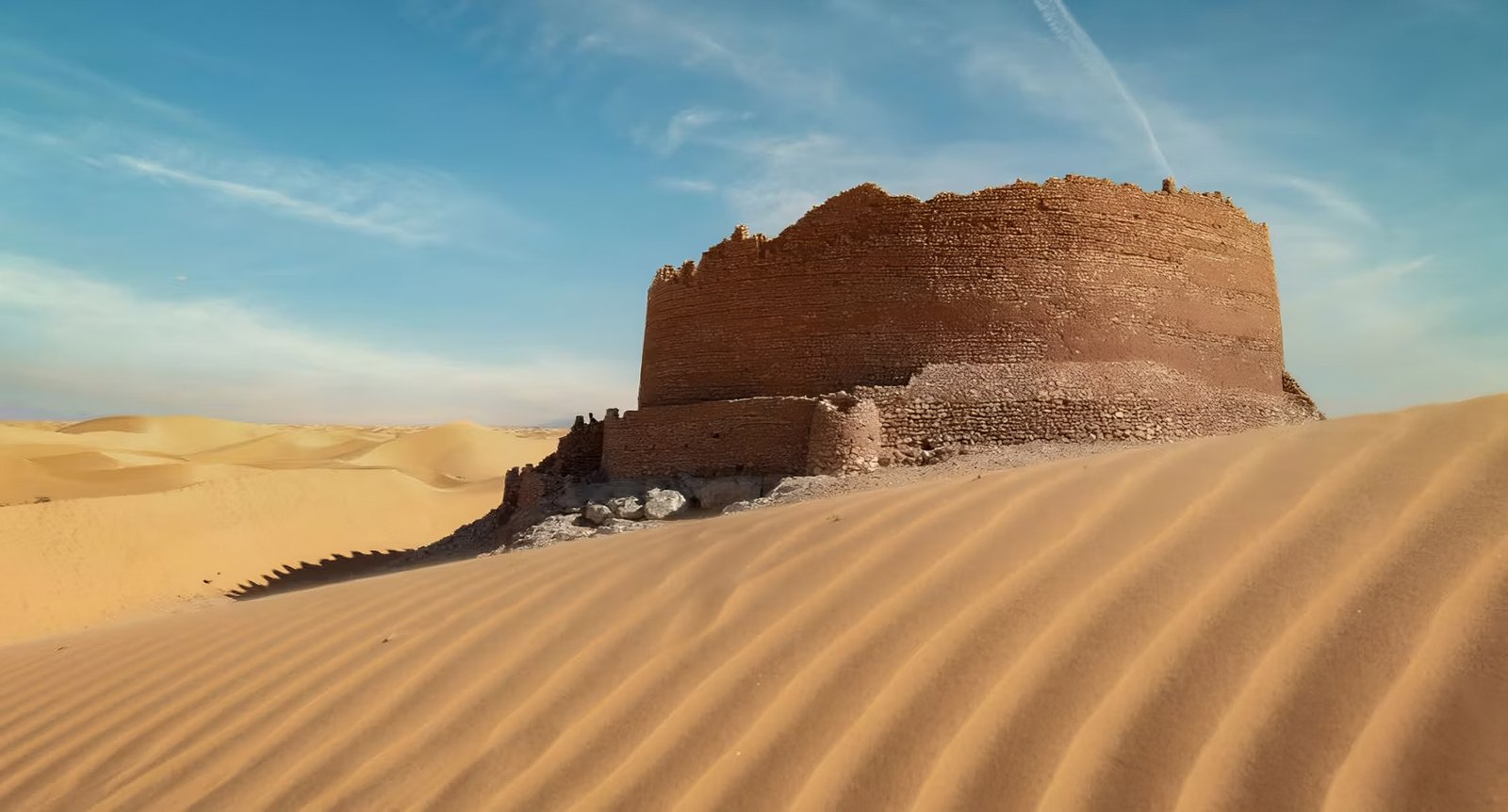
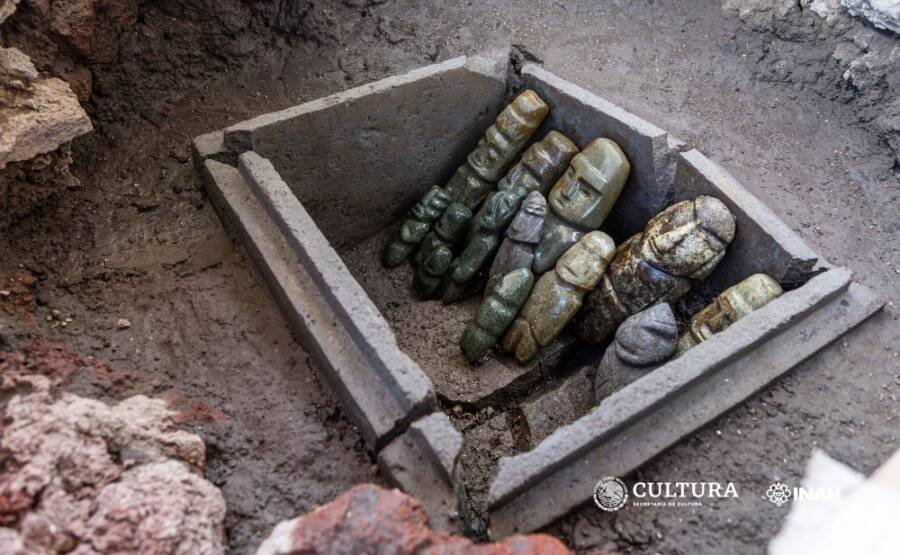
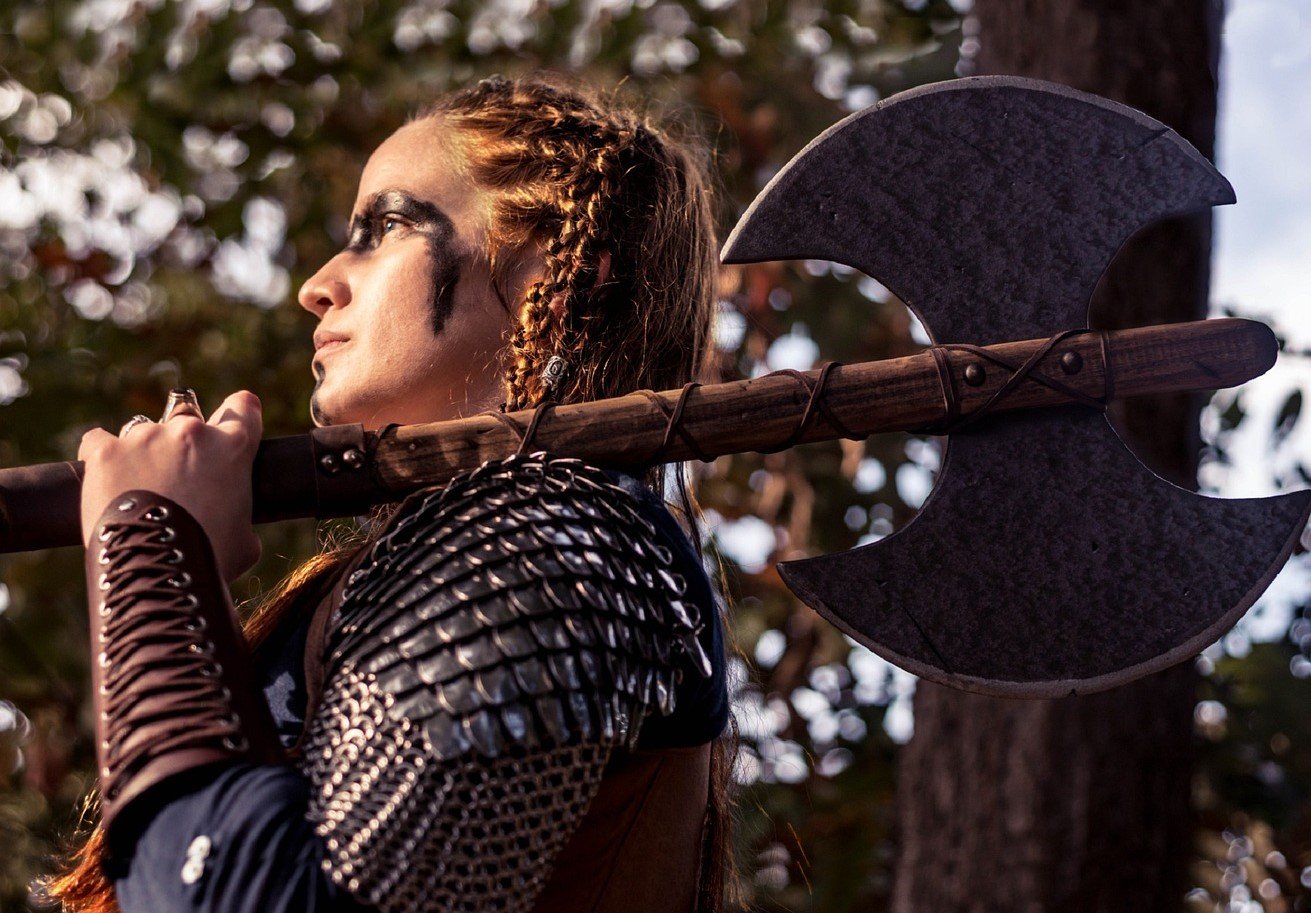

1 thought on “Tears of the Divine: Exploring the Stories of Famous Weepers in Greek Mythology”
I don’t think the title of your article matches the content lol. Just kidding, mainly because I had some doubts after reading the article.